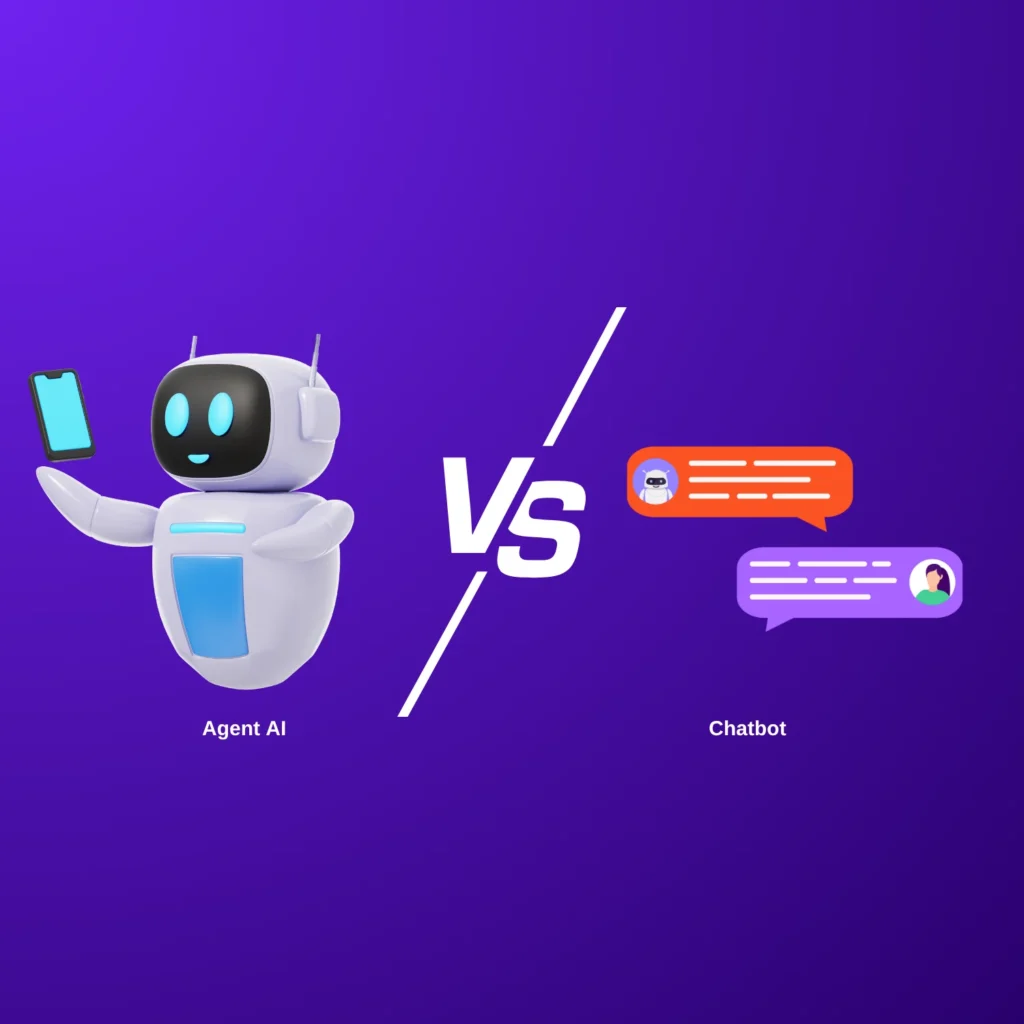Introduction
Generative AI use cases have seamlessly merged with the automotive industry, giving birth to a new era of innovation. It is not just about horsepower and sleek designs anymore, it is about the magic that happens when artificial intelligence takes the wheel.
Generative AI use cases have significantly transformed the automotive industry, revolutionizing the way vehicles are designed, manufactured, and sold. With the advent of generative design algorithms, automakers can create intricate and optimized designs, enhancing both aesthetics and functionality. Generative AI use cases play a pivotal role in predictive maintenance, analyzing vast amounts of data to anticipate and prevent potential issues, ensuring vehicles operate efficiently. In the realm of sales, generative AI has revolutionized customer experiences. Virtual showrooms and interactive presentations powered by AI allow customers to visualize and customize their vehicles, fostering a deeper connection with the product. Personalized marketing campaigns, generated through AI insights, cater to individual preferences, driving sales. Generative AI has streamlined supply chain management, optimizing production processes and reducing costs. This approach minimizes waste. Generative AI plays a pivotal role in autonomous driving systems, allowing vehicles to learn from real-world scenarios and enhance their decision-making processes. By harnessing the power of generative AI, the automotive industry is ushering in an era of unparalleled creativity, efficiency, and safety, shaping the future of transportation.
Automotive brands using Generative AI:
Generative AI Use Cases In The Automotive Industry
1. Virtual Showrooms and Product Visualization:
Generative AI has revolutionized the automotive retail experience by creating immersive virtual showrooms that enable customers to explore cars in the digital environment. One of the key advantages lies in detailed product visualization, where potential buyers can examine every aspect of the car online.
a. Generative AI technologies allow for highly realistic 3D modeling of vehicles. These models are not just static images but dynamic, interactive representations of cars. Customers can rotate the car, zoom in on specific features, and even see how the vehicle functions in different environments. This level of detail provides a comprehensive understanding of the product, replicating the experience of physically inspecting a car.
b. Virtual showrooms allow customers to personalize the vehicle in real-time. They can change colours, interiors, add accessories, and see the changes instantaneously. This customization ability enhances the emotional connection customers have with the product, as they can see the car tailored to their preferences.
c. Generative AI enables interactive walkthroughs. Customers can virtually sit inside the car, explore the dashboard, and check legroom. These immersive experiences help buyers make informed decisions without visiting a physical showroom. This is particularly beneficial for customers who might not have easy access to a dealership due to geographical constraints.
d. Virtual showrooms can integrate augmented reality (AR) and virtual reality (VR) technologies. AR overlays digital information onto the real world, allowing customers to use their smartphones or tablets to visualize the car in their driveway or garage. VR, on the other hand, provides a completely immersive experience, where customers can walk around the virtual car, inspecting it from every angle. These technologies bridge the gap between online exploration and real-world application, enhancing the customer’s confidence in their purchasing decision.
2. Customization and Personalization:
Generative AI algorithms allow for real-time adaptation of features, colours, and accessories based on individual customer preferences. These algorithms can analyze vast datasets of customer preferences and trends, enabling automakers to create intuitive interfaces for customers to visualize and customize their cars in real-time. Personalized customer experiences are crucial in today’s market. When customers feel that a product is tailored to their needs and preferences, it creates a strong emotional connection. Generative AI use cases enable this personalization by offering a wide range of options that customers can mix and match according to their tastes. For instance, customers can visualize different car colours, interior designs, and accessories in real-time, allowing them to make decisions that resonate with their personal style. AI-driven customization enhances customer satisfaction by ensuring that the final product aligns perfectly with the customer’s vision. This level of personalization goes beyond mere surface preferences; it reflects an understanding of the customer’s individuality.
When customers see that a brand values their unique choices, it fosters loyalty and positive brand associations. Generative AI algorithms can predict customer preferences based on historical data and behaviour patterns. This predictive analysis allows companies to offer personalized suggestions, further enhancing the customer experience. For example, if a customer has history of choosing environmentally friendly options, the platform can highlight eco-friendly features and accessories during the customization process. If a customer has previously viewed car models of a particular type- a sedan, then the platform can highlight all the available options and suggest new entries for a sedan that the customer might be interested in.
3. Virtual Test Drives:
Virtual test drives powered by generative AI simulations revolutionize the way customers experience cars before making a purchase. These simulations leverage advanced AI algorithms to replicate the driving experience in a virtual environment, offering several key advantages:
a. Realistic Driving Simulation: Generative AI algorithms can simulate various driving conditions, terrains, and weather patterns with remarkable realism. Customers can virtually test drive a car in different scenarios, from city streets to rugged terrains, experiencing the vehicle’s performance under diverse conditions.
b. Data-Driven Improvements: AI algorithms can collect and analyze data from virtual test drives. This data can provide valuable insights into customer preferences and behaviour, allowing car manufacturers to make data-driven improvements to their vehicles. For instance, if a significant number of virtual test drivers find certain aspects challenging, manufacturers can refine those features for a real-world driving experience.
c. Accessibility and Convenience: Virtual test drives overcome geographical limitations. Customers from different parts of the world can experience the same car model without having to visit a physical showroom. This accessibility enhances the reach of the brand and allows more potential customers to engage with the product.
d. Cost-Efficiency: Virtual test drives are cost-effective for both customers and manufacturers. Customers can explore multiple car models without the need to travel, while manufacturers can save costs associated with physical test drive arrangements.
4. Marketing and Customer Engagement:
Generative AI use cases play a pivotal role in revolutionizing marketing strategies and enhancing customer engagement. By analyzing vast amounts of customer data, generative AI algorithms can identify patterns, preferences, and trends. This analysis enables businesses to create highly targeted marketing campaigns tailored to specific customer segments. Chatbots and digital assistants powered by AI provide instant assistance to customer queries, enhancing engagement in real-time.
Bot Interactions: Before Gen AI – After Gen AI
AI-driven chatbots and digital assistants can handle multiple queries simultaneously, ensuring prompt responses to customers round the clock. They can also be integrated into various platforms, including websites, messaging apps, Metaverse, making them easily accessible to customers across different channels.
Features of Generative AI bots in automotive industry:
- Text to avatar animation- Generative AI powered avatars flawlessly respond to prompts with lifelike movements and expressions, delivering compelling performances that leave a lasting impact.
- Interactive Sales Personas- Avatars with an AI-powered sales brain engage users in real time, facilitate human-like conversations, create personalized recommendations, nudge users to drive desired actions and maintain consistent messaging.
- Adaptive Learning- Generative AI powered avatars continually refine their responses and recommendations. As users engage, the bots become more attuned to individual preferences, ensuring a satisfying experience.
Know more: Generative AI Avatars
5. Data-Driven Decision Making:
Data analytics plays a crucial role in generative AI applications for car launches, enabling manufacturers to make informed decisions and enhance their products. By analyzing customer behaviour and preferences, car manufacturers can gain valuable insights, leading to successful launches and improved products. Predictive analytics, a subset of data analytics, helps in forecasting future trends based on historical data. Car manufacturers can use predictive modeling to anticipate which features or styles might be popular in the future, enabling them to design vehicle features that will remain attractive to customers even after the launch. Predictive analysis also helps brands provide personalized nudges to customers on the platform at relevant intervals. Data analytics enables customer segmentation based on customer preferences. Generative AI applications can then create personalized marketing campaigns, such as advertisements or offers, tailored to specific customer segments.
Launch A New Car With Generative AI
- Conduct market research to understand the target audience.
- Utilize generative AI algorithms to generate car models virtually.
- Create a virtual showroom and allow customers to customize their cars based on preferences such as colours, interiors, and accessories.
- Develop an immersive experience with test drive simulations for customers.
- Build an interactive platform for the car launch. Use generative AI to create engaging content.
- Implement 360-degree views and interactive features to engage users effectively.
- Incorporate generative AI for real-time customization demonstrations.
- Gather feedback from customers and use generative AI to analyze customer responses for future product improvements.
- Maintain customer engagement by implementing generative AI-powered chatbots or avatars for customer support and inquiries.
Conclusion
The transformative potential of generative AI in virtual car launches is unparalleled, revolutionizing the automotive industry in ways previously unimaginable. By harnessing the power of generative AI use cases, automakers can create immersive and realistic virtual experiences, allowing customers to interact with vehicles in unprecedented ways. This not only enhances the excitement of new car launches but also reshapes how consumers engage with automotive brands. The future of AI-driven car launches holds endless possibilities. AI advancements will not only redefine customer experiences but also drive innovation across the entire automotive ecosystem. AI will enable automakers to create personalized experiences for consumers, setting new standards for engagement and customer satisfaction. The future holds a dynamic blend of creativity, technology, and customer-centricity, ensuring that each AI-driven car launch is not just an event but an unforgettable experience, shaping the way people perceive, interact with, and embrace the cars of tomorrow.



